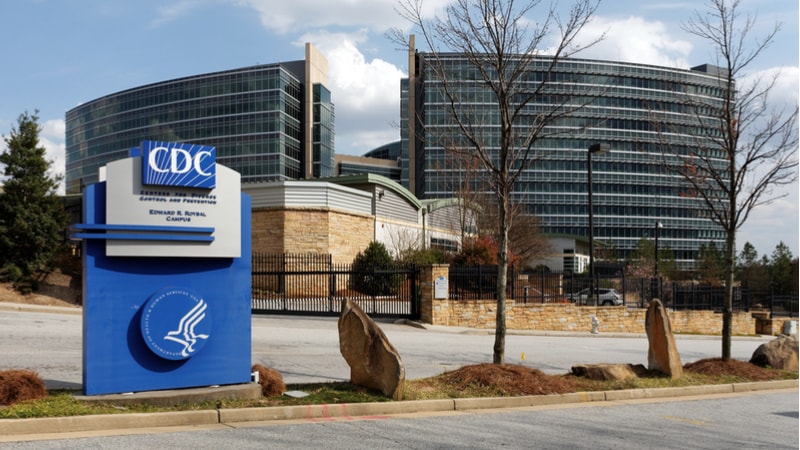
As the COVID-19 public health emergency (PHE) is set to end next week on May 11, Centers for Disease Control and Prevention (CDC) Director Rochelle Walensky warned that this also means the end of data collection and sharing efforts that many Americans have come to expect from the agency on pandemic-related data.
The impending lack of data to track the spread of COVID-19 and new variants in the United States is something Walensky told members of Congress on Thursday “should worry us all.”
Walensky will be leaving her post at the CDC, according to a statement from President Biden today. “Dr. Walensky leaves CDC a stronger institution… we have all benefited from her service and dedication to public health, and I wish her the best in her next chapter,” he said.
“After three years of the pandemic and three months to prepare for the end of the PHE, we have worked hard to sustain the data to understand what’s happening with the virus in America,” Walensky said at a Senate Committee on Health, Education, Labor and Pensions (HELP) hearing on Thursday. “But the end of the PHE means that CDC will no longer be able to collect data and share information many Americans have come to expect.”
The CDC will adapt to these new limitations, Walensky said, and it will rely on data that the agency has demonstrated is a “reasonable surrogate.” However, she said some data will no longer be available because it will no longer be submitted to the CDC.
For example, she said starting next week, the CDC will no longer have access to data that provides a national picture of health disparities, “both for race and ethnicity and along urban and rural lines.”
The agency will also lose access to COVID-19 percent positivity, laboratory reporting, and case reporting, she said.
“We will make do. However, this should worry us all – primarily because of what it says about the visibility we will have into the next outbreak,” she said. “We will be back to square one having to build and negotiate surveillance capacity while we fight a pathogen.”
Walensky told members of Congress that this serves as a stark reminder that policy changes and funding are “essential” to the readiness for future biologic threats.
In order to close the gaps in our public health response, Walensky urged members of Congress to advance policy aimed at modernizing data.
Modern data policy would “support access to better quality, standardized, and timely data so individuals and families can make informed decisions about their health, and policymakers can better target resources to threats before they become public health emergencies,” Walensky said.
Among the things that the CDC would like to do is provide data on local hospitalizations, so that Americans can see the hospitalization rates in their communities and “make decisions as to whether and when they want to take extreme measures.”
Nevertheless, she said the CDC is actively working on improving its data modernization efforts – which are yielding successful results. In particular, she said the CDC is working on developing interoperable “data highways” with counties and local health departments.
“That has yielded huge returns. Before the pandemic started, we had 187 health facilities that were doing electronic case reporting – we’re now at 25,000,” she explained. “That’s about 20 percent of what we need across the country, so massive strides happening.”
“Where we could really use your help is the structure of those data coming in to us,” she told the committee. “We receive those data voluntarily. If those data don’t come to us, we don’t have a line of sight and we can’t deliver those data back. So, that is among the things that we are asking for.”
